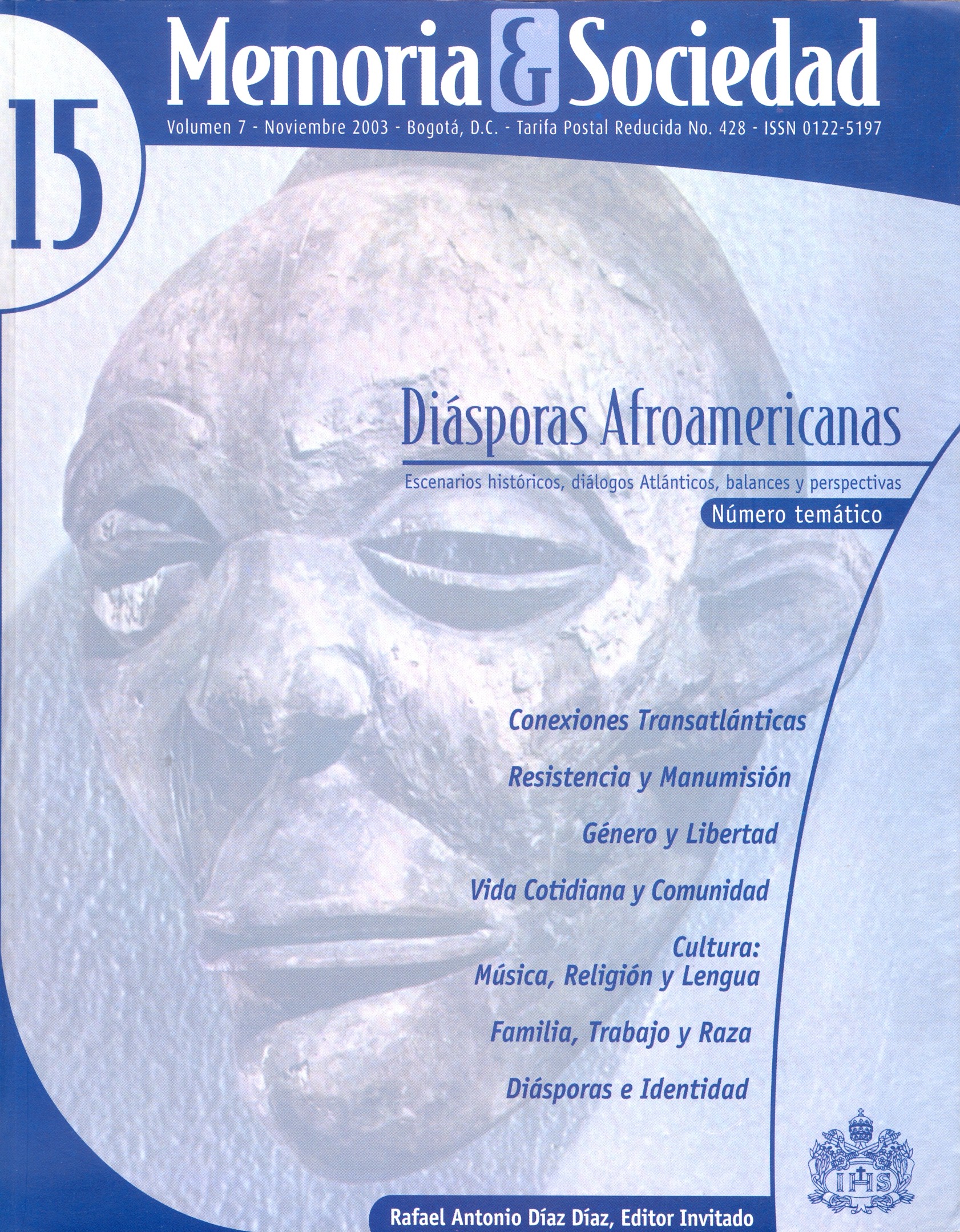Mestizo culture in the south of Brazil: A preliminary approximation
##plugins.themes.bootstrap3.article.details##
Abstract
This text is a research report concerning the cabocla (mestizo) population of southern Brazil, focusing on cultural aspects, seen here as a distinguishing system. This population is studied in terms of the migratory process that begins with their expulsion from the countryside, their adaptation to the small towns, passing through the periphery of the large cities and finally returning to the countryside. The article attempts to understand their musical practices, the technology that they have appropriated and their religiosity, all of which have been, symbolically and materially, reconstructed in their complexity.
Keywords
South Brasil, peasant culture, regional migration, identity, "Cabocla" culture, material and simbolic culture, culture practicesSur de Brasil, cultura campesina, migración regional, identidad, cultura Cabocla, cultura material y simbólica, prácticas culturales
References
How to Cite
Martins, P., Welter, T., Sezerino, G. A., & Alves Matias, I. A. (2014). Mestizo culture in the south of Brazil: A preliminary approximation. Memoria Y Sociedad, 7(15), 263–276. Retrieved from https://revistas.javeriana.edu.co/index.php/memoysociedad/article/view/7797
Section
Artículos


